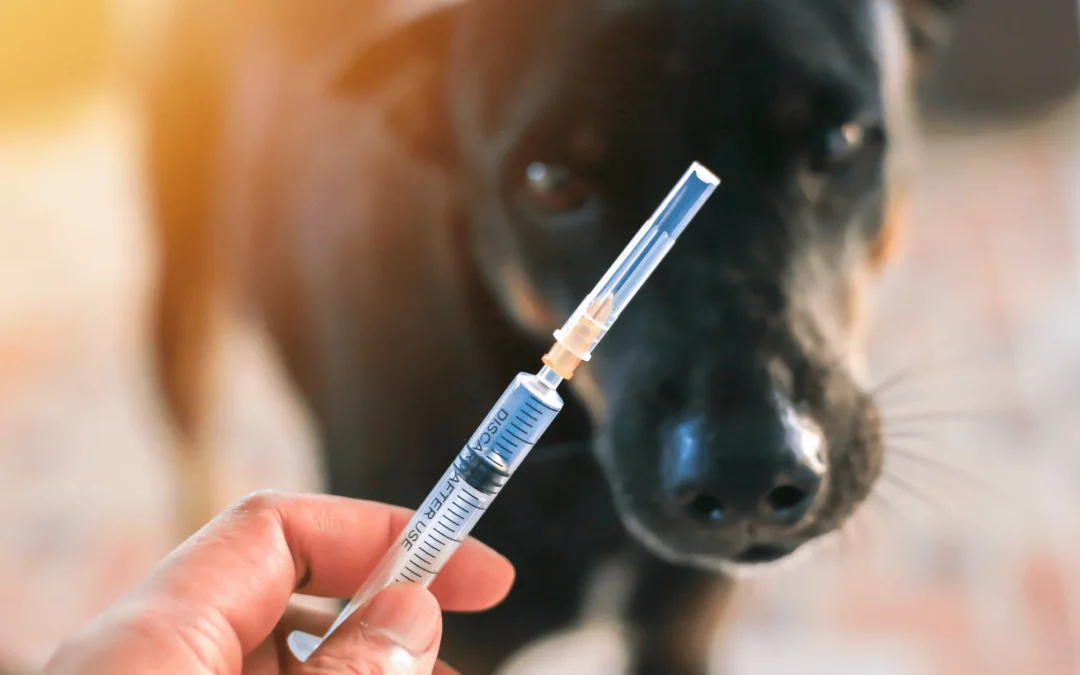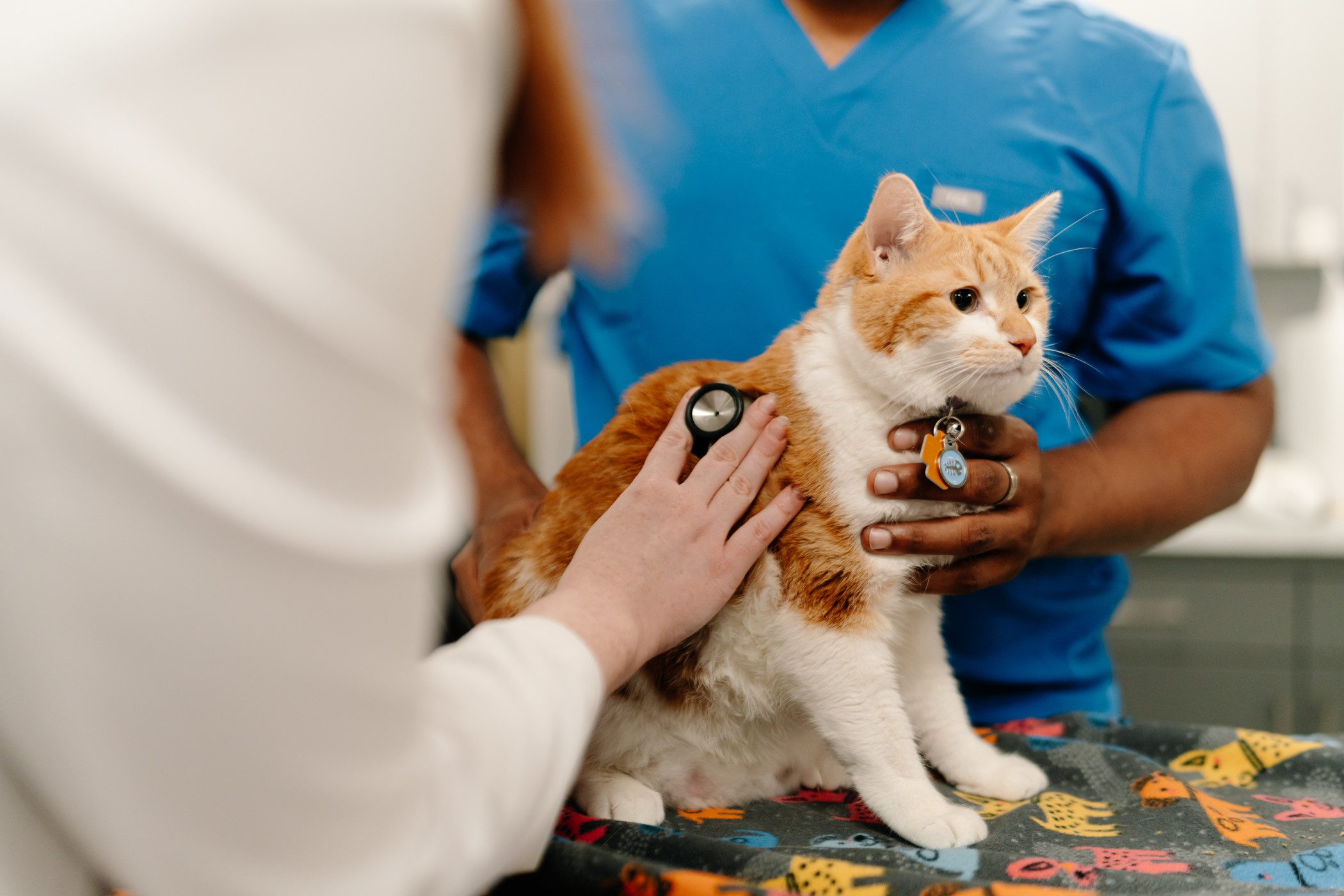
New Pet Parent Guide 2025: 15 Essentials Every Dog and Cat Owner Must Know
Bringing home a new pet is one of life’s purest joys — wagging tails, soft purrs, and unconditional love. But it also comes with new responsibilities.
At BlueBlood Veterinary, we believe that informed pet owners make the happiest, healthiest companions. Whether you’ve adopted a playful puppy, a curious kitten, or a rescued adult, this guide will help you prepare for success.
Let’s explore everything you need to know to ensure your furry friend lives a long, happy, and healthy life.
1. Preparing Your Home for a New Pet
Before your pet walks (or runs!) through the door, make sure your home is safe and welcoming.
Pet-proofing checklist:
-
Remove toxic plants (like lilies and aloe).
-
Secure electrical cords and small choking hazards.
-
Create a quiet, cozy corner for sleeping.
-
Set up designated feeding and litter areas.
-
Keep household cleaners and medications out of reach.
A stress-free environment helps your pet settle faster and builds trust from day one.
2. Choosing the Right Food
Nutrition is the foundation of your pet’s health.
For dogs:
-
Look for balanced meals with protein, healthy fats, and whole grains.
-
Avoid table scraps and overly processed treats.
-
Puppies need food formulated for growth; adults and seniors require different nutrients.
For cats:
-
Cats are obligate carnivores — they need animal protein.
-
Wet food helps prevent dehydration and urinary issues.
-
Always provide fresh, clean water.
Ask our BlueBlood Vet nutrition experts for personalized diet plans based on breed, age, and activity level.
3. Bedding and Comfort Items
Every pet deserves a soft, clean, and safe place to rest.
Essentials:
-
Orthopedic or memory foam beds for joint support.
-
Washable blankets or cushions.
-
A crate or enclosed carrier for security.
Comfort reduces anxiety — especially during transitions, thunderstorms, or travel.
4. Grooming Tools and Hygiene
Good grooming equals good health.
For dogs:
-
Brush coats regularly to remove dirt and dead hair.
-
Bathe every 4–6 weeks (depending on coat type).
-
Trim nails monthly and clean ears weekly.
For cats:
-
Brush long-haired breeds daily to prevent mats.
-
Clean litter boxes daily — cats value cleanliness.
Grooming also helps you spot skin issues, lumps, or parasites early.
5. Toys, Enrichment & Playtime
Play is more than fun — it’s vital for physical and mental health.
Must-have toys:
-
Dogs: Chew toys, balls, tug ropes, and puzzle feeders.
-
Cats: Feather wands, scratching posts, and climbing trees.
Rotate toys weekly to keep your pet curious and engaged.
Boredom leads to destructive behavior — play prevents it!
6. Identification and Microchipping
Even the most well-trained pets can get lost.
That’s why BlueBlood Vet recommends:
-
A collar with ID tag (include your phone number).
-
Microchipping for permanent identification.
Microchipping is safe, quick, and increases your pet’s chances of returning home by over 50% if lost.

7. Vaccinations and Preventive Care
Your pet’s health starts with vaccines and regular check-ups.
Dogs: Rabies, parvo, distemper, hepatitis.
Cats: Rabies, panleukopenia, herpesvirus, calicivirus.
Schedule your first vet visit within the first week of adoption.
Our BlueBlood Veterinary team will create a vaccination timeline and parasite prevention plan tailored to your pet’s needs.
8. Understanding Parasite Prevention
Fleas, ticks, and worms are more than nuisances — they carry dangerous diseases.
Prevention plan:
-
Use monthly flea/tick preventives.
-
Deworm every 3 months.
-
Check ears, fur, and paws regularly after outdoor play.
-
Keep bedding clean and vacuum frequently.
At BlueBlood Vet, we use safe, effective treatments for year-round protection.
9. Dental Care from the Start
Start dental routines early!
Beginner’s tips:
-
Use pet-safe toothpaste (never human).
-
Introduce brushing gradually.
-
Offer dental chews or toys.
-
Schedule annual dental cleanings.
Healthy teeth = longer life.
Oral infections can spread to the heart and kidneys — so prevention matters!
10. Crate Training & Potty Training
For dogs:
-
Crates help with potty training and create a safe retreat.
-
Take puppies out every 2–3 hours and praise good behavior.
For cats:
-
Choose a large litter box, easy-to-clean litter, and a quiet spot.
-
Scoop daily and change litter weekly.
Consistency is key — never punish for accidents. Reward success!
11. Socialization and Training
Proper socialization helps pets grow into confident, well-behaved companions.
Socialization tips:
-
Introduce your pet to new sounds, people, and environments gradually.
-
Use positive reinforcement (treats and praise).
-
Enroll in obedience or kitten training classes.
BlueBlood Vet can recommend certified trainers and behaviorists for advanced support.
12. First Vet Visit — What to Expect
Your pet’s first visit at BlueBlood Veterinary is exciting!
We’ll cover:
-
A full physical exam
-
Vaccinations
-
Parasite screening
-
Diet and training advice
-
Microchip registration
Bring any adoption or breeder records so we can build a complete health profile.
13. Travel and Outdoor Safety
Exploring the outdoors is great — with precautions.
For dogs:
-
Always use a leash and harness.
-
Avoid hot pavements and midday walks.
-
Never leave your pet in a parked car.
For cats:
-
Keep indoors for safety or use enclosed outdoor spaces.
-
Use travel crates for vet visits or relocation.
Ask BlueBlood Vet about travel health certificates and vaccination requirements if you’re moving across borders.
14. Pet Insurance and Budgeting for Care
Caring for a pet is rewarding — but it comes with financial responsibility.
Plan for:
-
Routine check-ups and vaccinations
-
Emergency care
-
Food and grooming
-
Preventive medications
Pet insurance or wellness plans can help you manage costs and ensure your pet gets the care they deserve — when they need it.
15. When to Call the Vet
Knowing when to seek help can save lives.
Contact BlueBlood Vet immediately if your pet:
-
Refuses to eat or drink for 24+ hours
-
Vomits or has diarrhea for more than a day
-
Shows difficulty breathing
-
Is limping or crying in pain
-
Acts lethargic or hides excessively
Trust your instincts — you know your pet best. If something feels off, we’re here to help.
16. Emotional Connection: Building a Lifelong Bond
Beyond health and training, your relationship is built on love, trust, and consistency.
Spend time cuddling, talking, playing, and simply being together.
Your pet doesn’t need perfection — they need your presence.
At BlueBlood Veterinary, we celebrate this bond every day. Our mission is to ensure that love lasts a lifetime — through every stage of your pet’s journey.
17. FAQs — New Pet Parent Essentials
Q1: When should I schedule my pet’s first vet appointment?
Within the first week of adoption or purchase — sooner if you notice any health issues.
Q2: Can I feed my dog or cat human food?
Some are safe (plain chicken, rice), but many are toxic (onions, chocolate, grapes). Always ask your vet first.
Q3: How often should I bathe my dog?
Every 4–6 weeks, depending on breed and lifestyle. Cats usually groom themselves.
Q4: How do I calm a nervous new pet?
Give them time, use soft voices, provide a quiet space, and use treats for positive reinforcement.
Q5: What’s the most important thing for first-time pet owners?
Consistency — in feeding, training, love, and vet care. Pets thrive on routine.
Q6: Can BlueBlood Vet help me with behavior training?
Absolutely! We collaborate with certified trainers and behaviorists to ensure every pet adjusts beautifully.
A Lifetime of Care and Companionship
Welcoming a pet is the beginning of an extraordinary friendship — one built on love, laughter, and loyalty.
At BlueBlood Veterinary, we’re honored to guide you through every step of that journey — from your first vet visit to golden years of companionship.
Because your pets aren’t just animals — they’re family.
And at BlueBlood Vet, we help family live better, happier, and longer. 🐾




